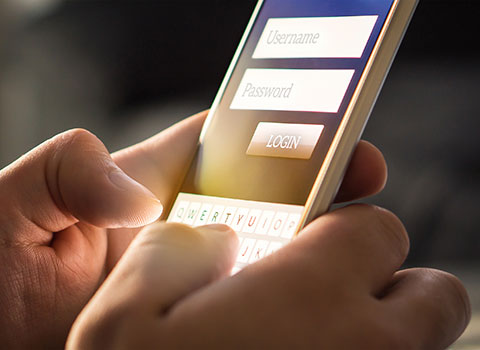Put the Stupid Phone Away! Pedestrian Deaths Rise
If you like taking an evening stroll, walking your dog, or even hitting the pavement for exercise sake, you could be putting yourself at risk according to a recent report from the Governors Highway Safety Association.

The statistics are shocking; the report looked at how many pedestrians were killed by vehicles while walking in 2018, and it was not only a 4 percent increase from 2017, but the highest rate of death since 1990.
Why are these numbers rising? There are a couple of reasons. First, there are more SUVs and trucks on the road, and these vehicles are more likely to kill someone due to the weight and size. In fact, since 2013, the number of pedestrian deaths caused by SUVs has risen by 50 percent. Another reason for this is that people are not paying attention, both behind the wheel and on the pavement. Why? Smartphones. Alcohol was also to blame, as about half of the deaths reported in 2017 was caused by alcohol consumption by either the pedestrian, the driver, or in many cases, both. Of course, there is also the fact that the population has grown, so there are naturally more people out and about on the streets.
Population growth might not seem like a big deal, but the statistics show otherwise. When you look at the states that have had the highest population growth from 2017 to 2018, you also see that there is an increase of the number of deaths from pedestrians getting hit by vehicles. There has also been an increase in the number of people who are walking to work instead of driving when you look at statistics from 2007 to 2016.
The Governors Highway Safety Association also reports another unsurprising fact; the majority of these deaths are occurring after dark, and when comparing the number of pedestrian deaths during the day and at night, the nighttime deaths are rising quickly when compared to daytime deaths. When you look at the number of nighttime deaths between 2008 and 2017, there was an increase of 45 percent. When looking at daytime pedestrian deaths, there is also an 11 percent increase between those same years.
If you are looking for a safe place to walk around, consider New Hampshire. There was only one death in the first half of 2018. On the other end of the spectrum, New Mexico had the highest rate of pedestrian deaths. Almost half of all pedestrian deaths in the United States occurred in Florida, Arizona, Texas, California, and Georgia. None of us should have to worry about crossing the street, and this might be a sign that it’s time to improve vehicle design and improvements to the road.
Robert Siciliano personal security and identity theft expert and speaker is the author of Identity Theft Privacy: Security Protection and Fraud Prevention: Your Guide to Protecting Yourself from Identity Theft and Computer Fraud. See him knock’em dead in this Security Awareness Training video.


































